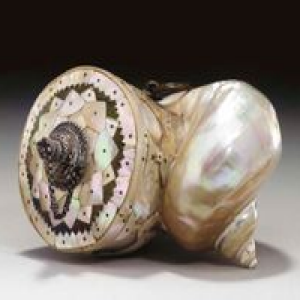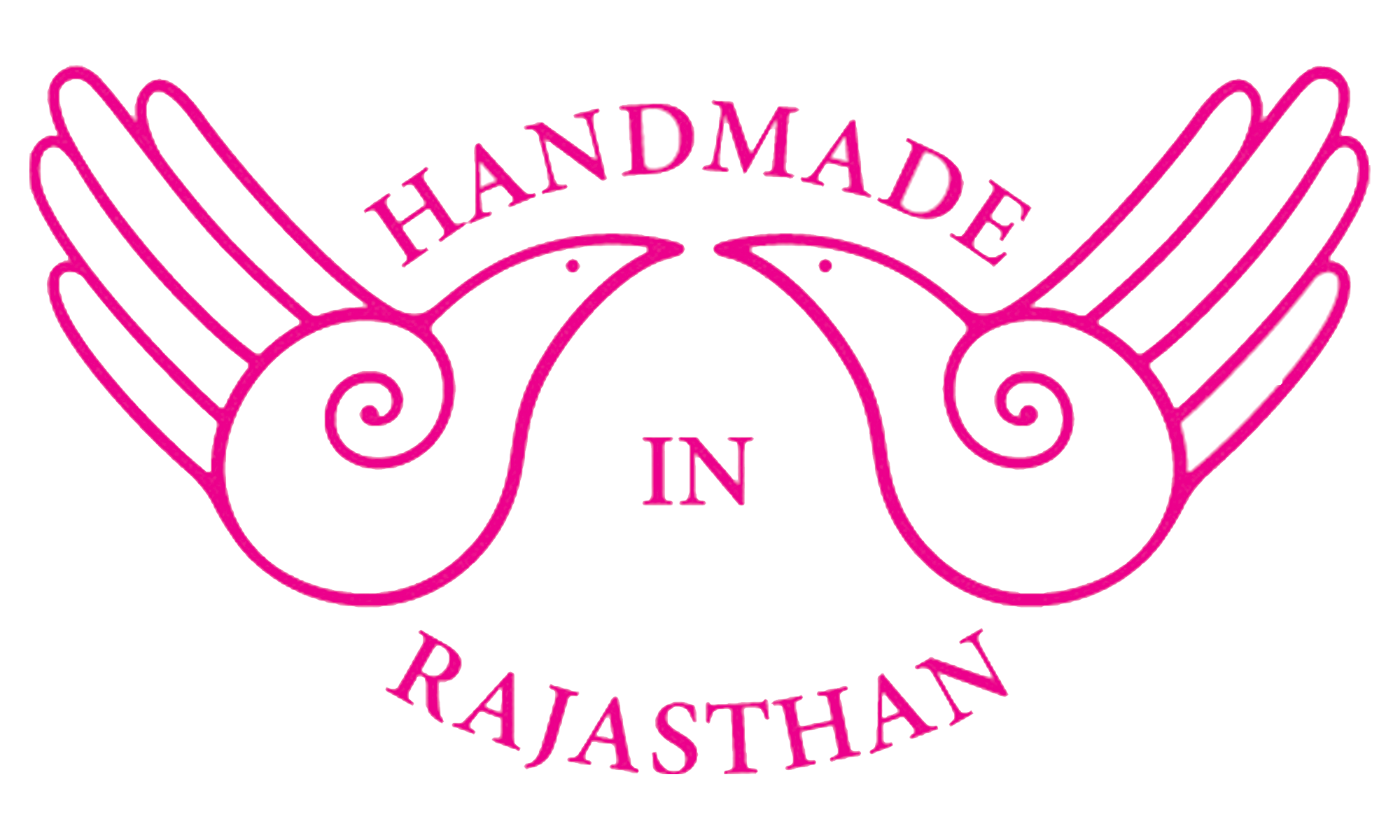- Home
- About US
- Art and Craft
- Artisans
- Master Crafts Persons
- Supporting Institutions
- News and Events
- Schemes
- Contact us
- Contact

Mother of pearl, is an organic-inorganic composite material produced by some molluscs as an inner shell layer; it also makes up the outer coating of pearls. It is strong, resilient, and iridescent covering of shell. The Dark Outer side of the shell is removed through ghisai and grinding process which also smoothens the shell and reduces its thickness so that it may be cut to the required size with a metal cutter. The pieces of shell are then neatly glued onto previously carved wooden objects. The areas bereft of shell ornamentation are covered with thin brass strips and a round plate is affixed to the base. Shell may also be inlaid into brass objects which are designed so that they are patterned with gentle depressions in which the shell may be inset. The entire object is subjected to ghisai to ensure that the shell and the brass are level throughout; the object is then polished with emery and waxed to give it a glossy finish. Alternatively, it may also be given an antique finish by applying a paste of mehendi, henna, over its surface, the paste is washed off after a couple of hours to reveal shells that are varying tinted, having absorbed the dye in different proportions. The ornamentation may also imitate the Usta kaam of Bikaner by using embossed patterns created with a mixture o fuller`s earth and glue; the floral motifs thus made are enamel painted, outlined in black and highlighted with gold paint; finally, a protective layer of varnish is applied. Brass lid with an indented floral motif; the cut pieces of shell held in the craftsman`s palm are to be inlaid in the recessed forms.

